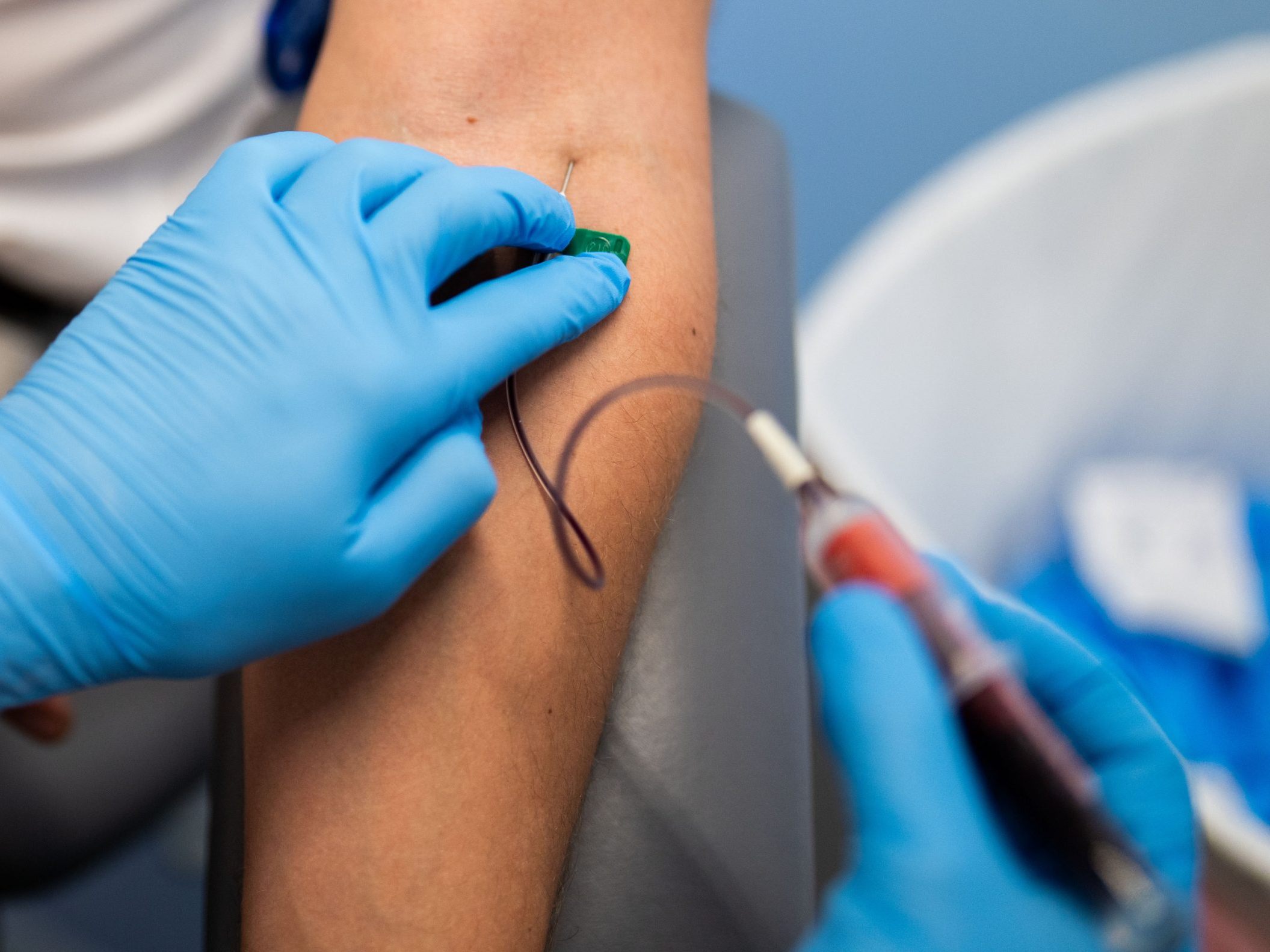Adjusted Reference Ranges for Children Not Used in Many Laboratories

This can lead to pathological blood values in children being considered normal - with possible consequences for the timely detection of rare diseases, the MedUni Vienna announced on Friday, which conducted a corresponding analysis.
Blood sample sent to 26 laboratories
For the study, two rare genetic bone diseases were examined as examples: X-linked hypophosphatemia (XLH) and hypophosphatasia (HPP). Both diseases can be identified by certain laboratory values - in XLH, the phosphate level in the blood is decreased, in HPP the activity of alkaline phosphatase. Since these values differ significantly in childhood from those of adults, the use of age-appropriate reference ranges is crucial for correct interpretation, emphasized the MedUni.
The researchers sent a standardized blood sample with pathological values for a four-year-old child to 26 outpatient laboratories in Austria. Although the measurement results were technically correct, many laboratories interpreted the values as normal for childhood. Only 18 percent of the laboratories used appropriate reference ranges for phosphate, 41 percent for alkaline phosphatase. In more than half of the cases, the pathological change went unnoticed.
Guidelines recommended
"One reason for this result is the lack of legal requirements," explained study leader Adalbert Raimann from the University Clinic for Pediatrics and Adolescent Medicine at the MedUni. "In Austria - as in many other European countries - there is still no obligation for laboratories to use age-related reference values or to provide them transparently."
The study authors recommend developing national and international guidelines for pediatric reference ranges. Until then, a public listing of laboratories with child-appropriate reference values could create transparency, enabling children and adolescents to receive age-appropriate laboratory diagnostics and rapid diagnosis.
(APA/Red)
This article has been automatically translated, read the original article here.





